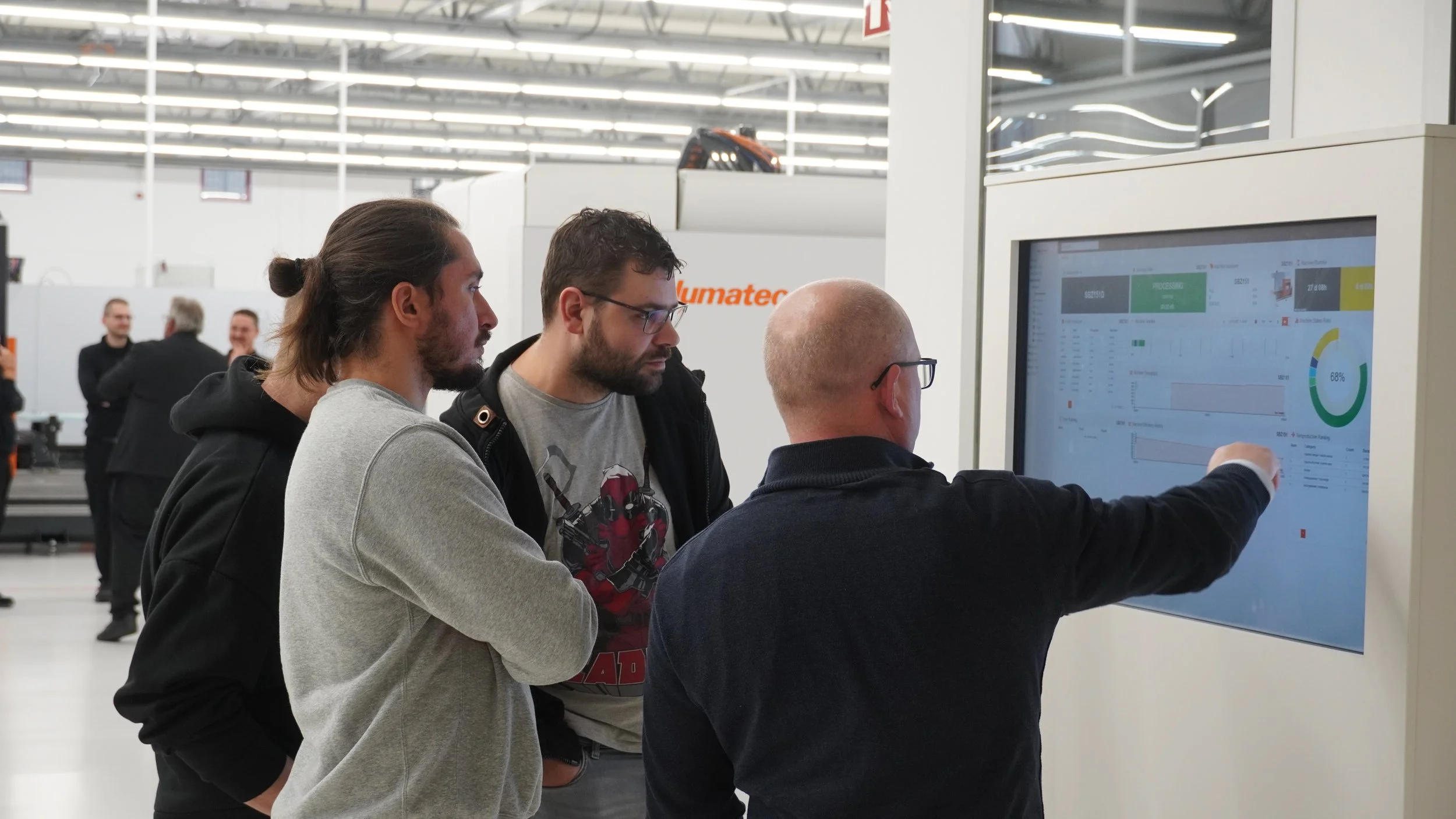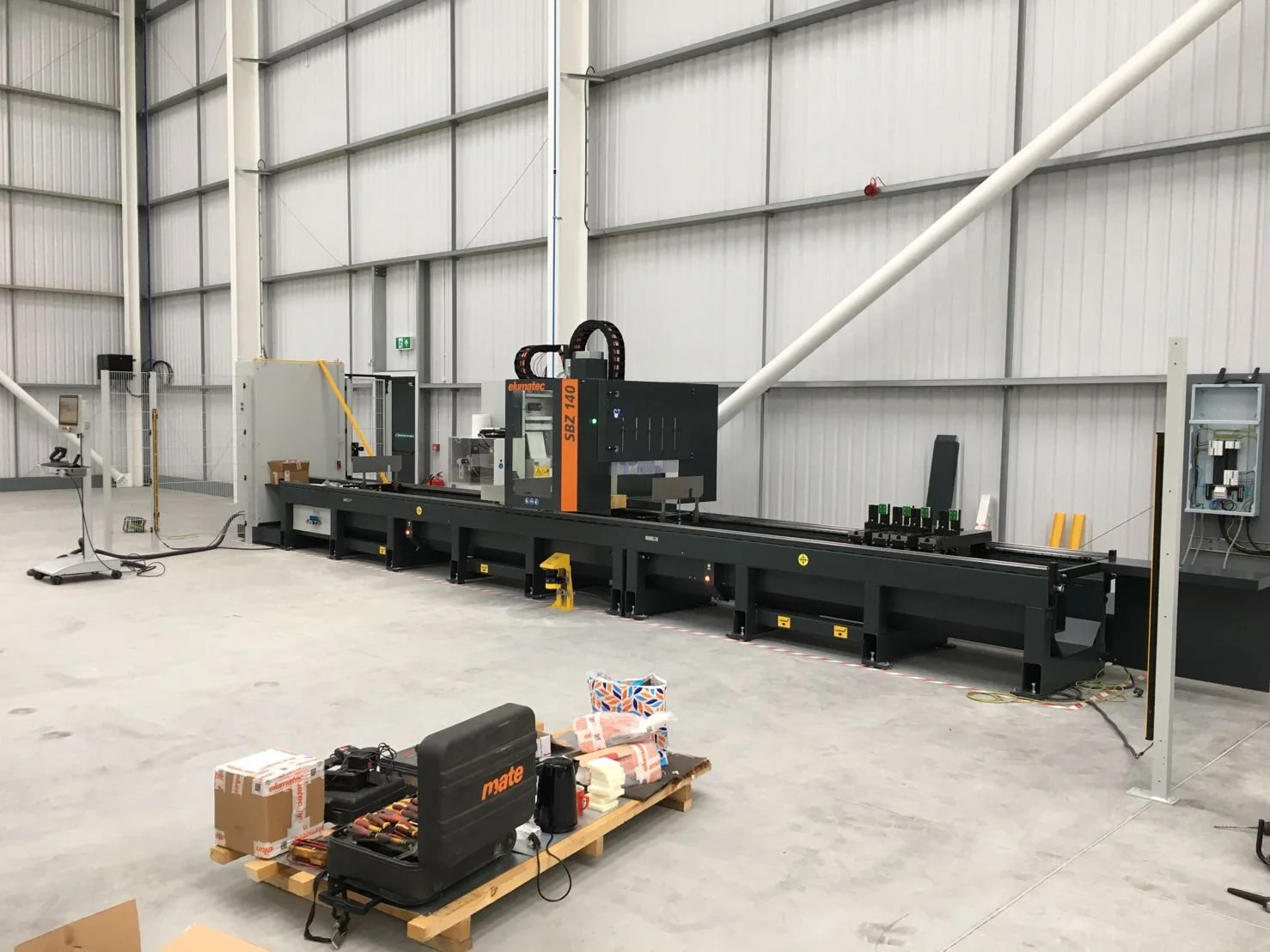When production flows …
Is business growth always a good thing?
The short answer is that it depends. It’s a key factor in securing economies of scale and critical market share, but growth can be problematic. We could all cite cases of businesses that have grown rapidly and then failed because their infrastructure wasn’t in place.
Of course, growth is essential for a fledgling business. It would be brilliant if such growth always followed a carefully planned route, but often decisions are reactive. A substantial order is secured, and you pull out all the stops to ensure you deliver. It’s a bit chaotic – like a youngster having a growth spurt – who can’t quite manage their gangly limbs and the size of their feet. There’s nothing smooth about the way you’re operating.
Unfortunately, beyond the initial stages, many businesses continue to operate like this. They might sense that they should step back and look at their processes and factory layout, but the time never seems quite right. And, in time, as the inefficiency becomes normalised, it can become almost invisible to the team. It takes a new recruit to question why a machine is located in a corner where the light is poor and the impact it’s having on scrap rates.
A new machine or a new approach?
Often, at elumatec, we’re approached by companies seeking extra capacity to support their growth plans. They believe the solution will be found in a machine that operates more swiftly or incorporates rapid, automated tool changes. Although we have machines that fit their brief – and plenty of them – unless their existing machine is the reason their capacity is constrained, they will still have a problem.
That problem is caused by poor production flow. It can arise from factors including physical space, utilities, machine capacity, operator availability, logistics, storage, quality control and even fatigue.
Sometimes the snagging point in a process is easy to spot. Maybe there’s a build-up of work-in progress around a workstation? Maybe your staff are hanging around waiting for components because you only have one qualified driver for the forklift? If it’s a minor issue, ask a few questions and you’re well on the way to a solution.
Sometimes, however, a process needs to be mapped to show where the inefficiencies lie and where value is tied up. At elumatec, when we undertake this task for a customer, they’re often shocked at the extra capacity a change to their set-up can unleash. Implementing the recommendations naturally causes some short-term disruption, but the benefits of production flow soon show in a healthier cash flow and improved bottom line.
A few questions will illustrate where the benefits of production flow can be found.
Use of space
How is your space used? Are you paying rent and business rates on square footage you don’t need? Have you leased extra space to store your raw materials, finished goods or work-in progress? Which contracts have you missed because your haphazard layout made the work impractical?
Use of energy
Are you heating and lighting under-occupied space? Have you got machinery on standby throughout entire shifts or forklifts idling while waiting for their next task? Are you lighting spaces that don’t need to be well-lit while team members are unable to read product codes in a dark corner of your warehouse?
Inventory
Are you holding extra stock because you have multiple separate workstations performing the same function? Are your lead times lengthy because you routinely move part-worked items to storage rather than the next operation? Do you hold extra stock to mitigate the issue of poor planning?
Health and safety
How is your accident record? Are trips or falls occurring in a cluttered workplace? Do you have employees complaining of fatigue or overuse injuries because of excessive manual handling or poor design?
Scrap
Are products damaged by repeated handling or use of the wrong types of racking or storage equipment? Are jobs rushed because the working environment is cold, draughty or isolated?
Unlock that flow
Business growth often comes along with workarounds and quick fixes, but temporary solutions all too often become permanent, constraining performance in the long term. But they can be f ixed and whether you’re a start-up, scaling up, or a long-established business, you can gain real benefit from getting your production to flow.
Start thinking, start planning and when you’re ready, do ask for help.



